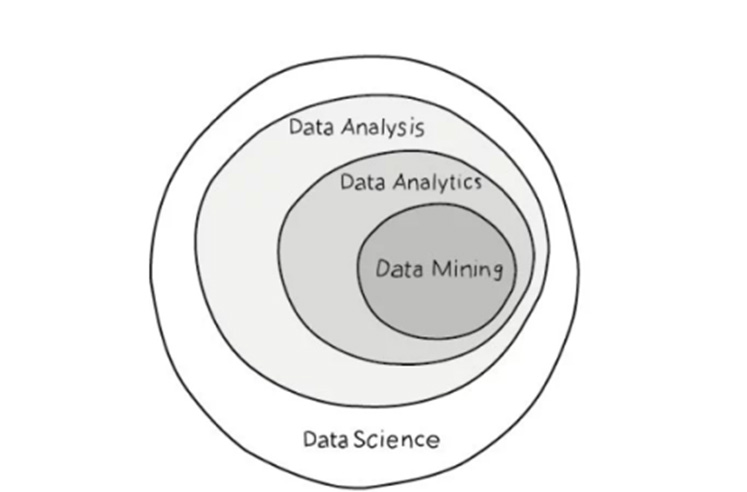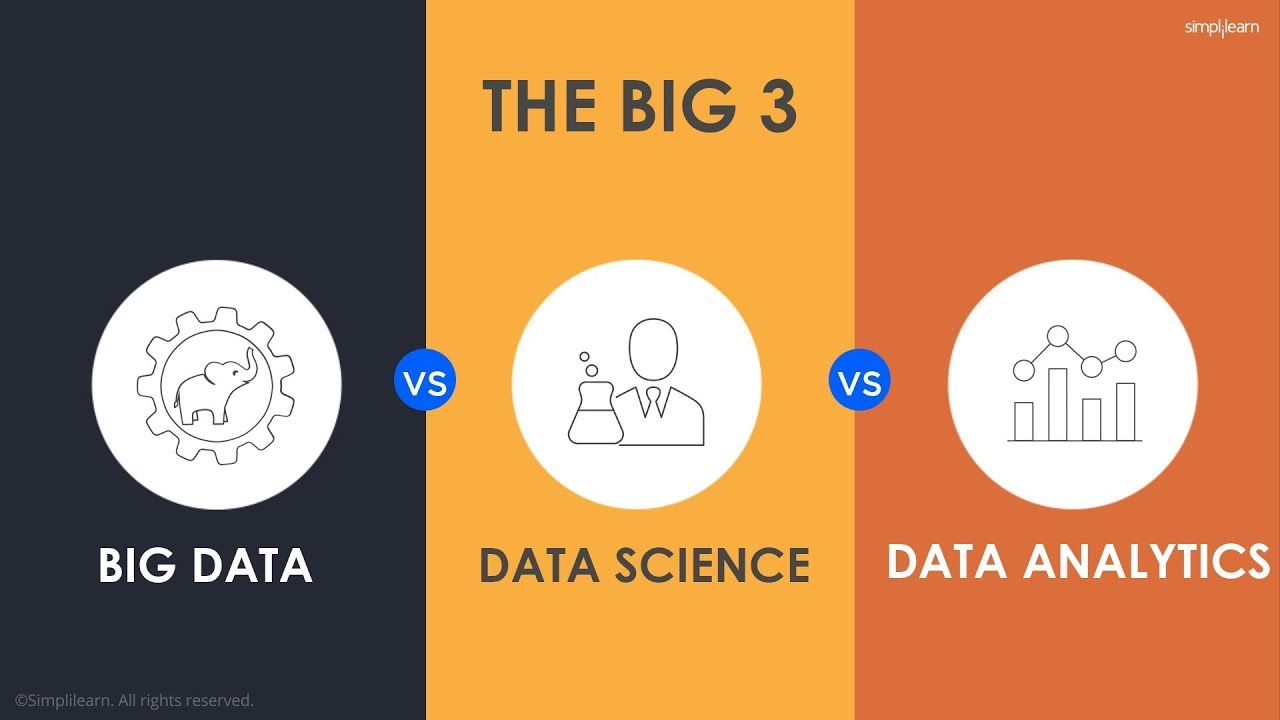Big data has become a major component in the tech world today, thanks to the actionable insights and results businesses can glean. However, the creation of such large data sets also requires understanding and having the proper tools on hand to parse through them to uncover the right information. To better comprehend big data, the fields of data science and analytics have gone from largely being relegated to academia, to instead becoming integral elements of business intelligence and big data analytics tools.
However, it can be confusing to differentiate between data analytics and data science. Despite the two being interconnected, they provide different results and pursue different approaches. If you need to study data your business is producing, it’s vital to grasp what they bring to the table, and how each is unique. To help you optimize your big data analytics, we break down both categories, examine their differences, and reveal the value they deliver.
What is Data Science?
Data science is a multidisciplinary field focused on finding actionable insights from large sets of raw and structured data. The field primarily fixates on unearthing answers to the things we don’t know we don’t know. Data science experts use several different techniques to obtain answers, incorporating computer science, predictive analytics statistics, and machine learning to parse through massive data sets in an effort to establish solutions to problems that haven’t been thought of yet.
Data scientists main goal is to ask questions and locate potential avenues of study, with less concern for specific answers and more emphasis placed on finding the right question to ask. Experts accomplish this by predicting potential trends, exploring disparate and disconnected data sources, and finding better ways to analyze information.
What is Data Analytics?
Data analytics focuses on processing and performing statistical analysis of existing data sets. Analysts concentrate on creating methods to capture, process, and organize data to uncover actionable insights for current problems, and establishing the best way to present this data. More simply, the field of data and analytics. is directed towards solving problems for questions we know we don’t know the answers to. More importantly, it’s based on producing results that can lead to immediate improvements.
Data analytics also encompasses a few different branches of broader statistics and analysis which help combine diverse sources of data and locate connections while simplifying the results.
What is The Difference?
While many people use the terms interchangeably, data science and big data analytics are unique fields, with the major difference being the scope. Data science is an umbrella term for a group of fields that are used to mine large data sets. Data analytics is a more focused version of this and can even be considered part of the larger process. Analytics is devoted to realizing actionable insights that can be applied immediately based on existing queries.
 Another significant difference between the two fields is a question of exploration. Data science isn’t concerned with answering specific queries. Instead of parsing through, massive data sets in sometimes unstructured ways to expose insights. Data analysis works better when it is focused, having questions in mind that need answers based on existing data. Data science produces broader insights that concentrate on which questions should be asked, while big data analytics emphasizes discovering answers to questions being asked.
Another significant difference between the two fields is a question of exploration. Data science isn’t concerned with answering specific queries. Instead of parsing through, massive data sets in sometimes unstructured ways to expose insights. Data analysis works better when it is focused, having questions in mind that need answers based on existing data. Data science produces broader insights that concentrate on which questions should be asked, while big data analytics emphasizes discovering answers to questions being asked.
More importantly, data science is more concerned about asking questions than finding specific answers. The field is focused on establishing potential trends based on existing data, as well as realizing better ways to analyze and model data.
| Data Science | Data Analytics | |
| Scope | Macro | Micro |
| Goal | To ask the right questions | Find actionable data |
| Major Fields | Machine learning, AI, search engine engineering, corporate analytics | Healthcare, gaming, travel, industries with immediate data needs |
| Using Big Data | Yes | Yes |
The two fields can be considered different sides of the same coin, and their functions are highly interconnected. Data science lays important foundations and parses big data sets to create initial observations, future trends, and potential insights that can be important. This information by itself is useful for some fields especially modeling, improving machine learning, and enhancing AI algorithms as it can improve how information is sorted and understood. However, data science asks important questions that we were unaware of before while providing little in the way of hard answers. By adding data analytics into the mix, we can turn those things we know we don’t know into actionable insights with practical applications.
When thinking of these two disciplines, it’s important to forget about viewing them as ‘data science vs data analytics’. Instead, we should see them as parts of a whole that are vital to understanding not just the information we have, but how to better analyze and review it.
Hope you all find the blog helpful! Share your thoughts on the topic right now!
Hoa Nguyen
